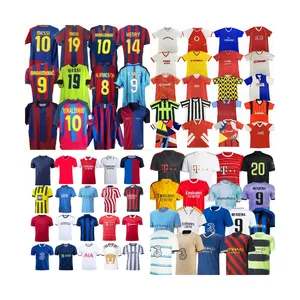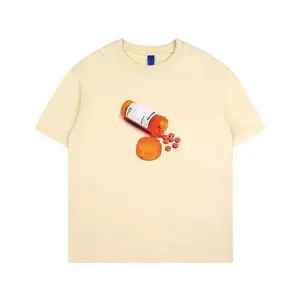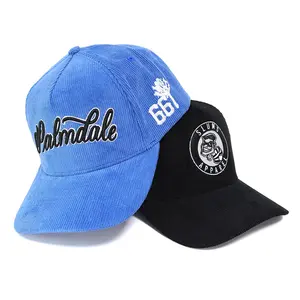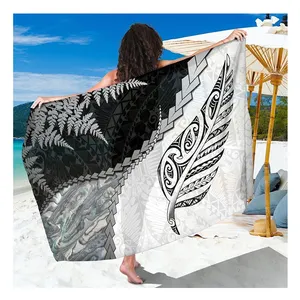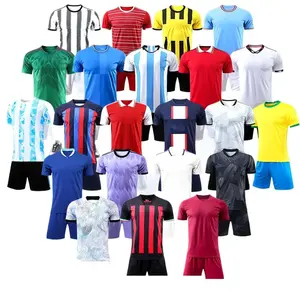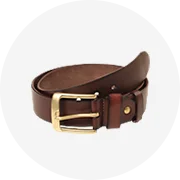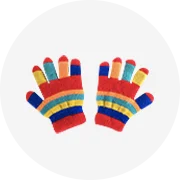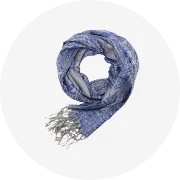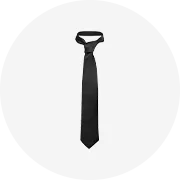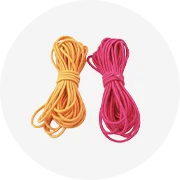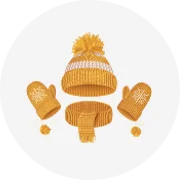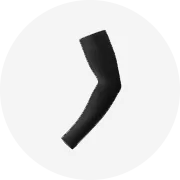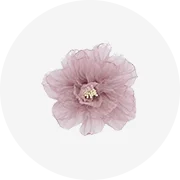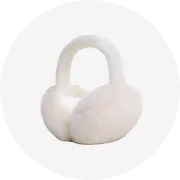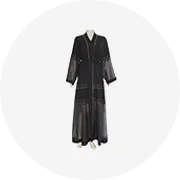Popular in your industry





































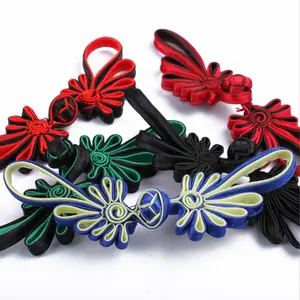






















 Ready to Ship
Ready to Ship





Related Searches:












































 Ready to Ship
Ready to Ship


























 Ready to Ship
Ready to Ship












































































Top categories
About fabric button for suit
Alibaba.com carries a range of wholesale fabric button for suit for sewing, crafting, decorating, and more!
fabric button for suit are functional and decorative fasteners commonly used in clothing apparel, home textiles, bags, and much more. These nifty items are popular among all types of consumers, from DIY crafters to high-end fashion designers. One reason for this is the wide variety of fabric button for suit available in the market today, which come in a range of different styles, shapes, materials, and sizes to suit different looks and designs. Connect with wholesale supplies and manufacturers on Alibaba.com to source a range of fabric button for suit that your customers will love. From 4-hole metal buttons to customizable print buttons, there's something here for everyone.
Shop nickel-free buttons and lead-free buttons to meet the needs of customers who are allergic or sensitive to certain metals. Of, if you're catering to clothing shops or tailors, then you can stock up on an assortment of snap buttons and sew-on buttons that are ideal for custom creations. You can even find adorable collections of flower-shaped buttons children and DIY crafters will find as cute as a, well, button!
With a huge selection of fabric button for suit in all kinds of designs and styles, you're likely to find the items you need to complete your collection.
